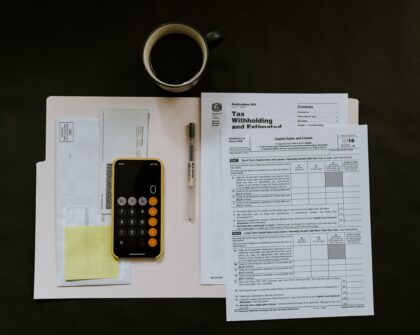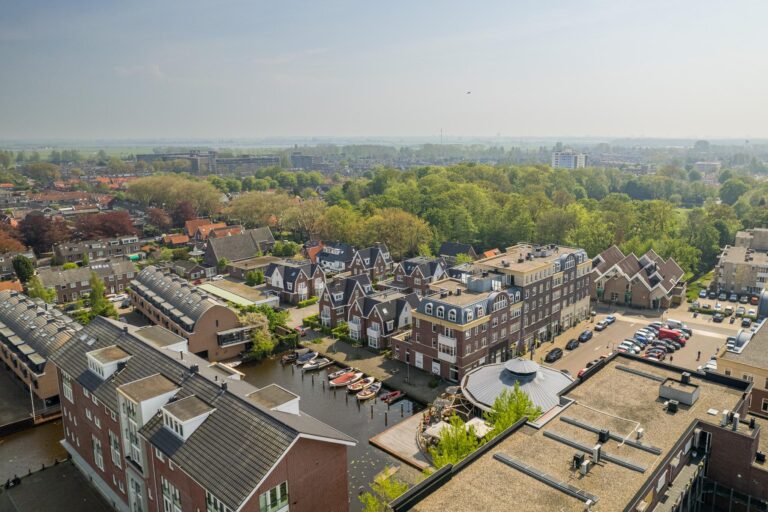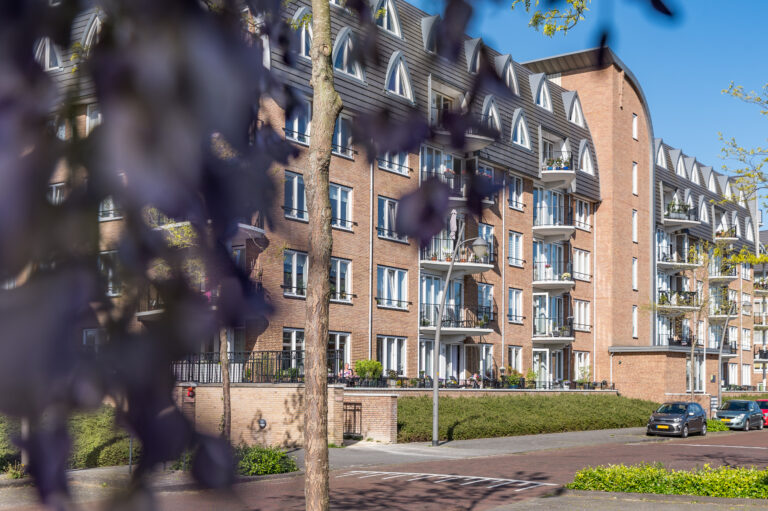Update: As of January 1 2023, the tax rules for letting a property “in box 3” have changed. Make sure you are well informed.
When it comes to your tax return, conducting real estate management can fall under box 1, 2 or 3. You exert great influence over which box this is. For many private individuals, box 3 will be an appealing option given the relatively low tax rate, the high predictability of that tax rate and the fact that increases in value are not taxed. Having opted for box 3, you don’t want to run the risk of the Dutch tax authority (Belastingdienst) taxing it under box 1. How to avert that risk is described below.
How do I keep my real estate portfolio in box 3?
Box 3 can only be used if the income or assets cannot be placed (at a later date) in box 1 or box 2.
The main risk for real estate owners is what is known as the taxable income from other activities that box 1 yields. If this is applicable, then not only will the (rental) income be taxed progressively but also any growth in value.
What are the activities that lead to box 1?
The legal description of activities for conducting real estate management is as follows:
- making assets profitable;
- in a manner that exceeds normal, active asset management;
- such as selling off immovable property in individual units;
- major maintenance work conducted largely by the taxpayer him/herself;
- or other alterations to a property;
- or use by the taxpayer of inside information or similar exceptional types of information.
The risk lies not so much in making the assets profitable. That aim is a constant. In fact, the legislator assumes that to be the case and even assumes a (more or less) risk-free return of (a maximum of) 5.39%.
The crux is in the expression ‘normal, active asset management’. Points 3 to 6 explain what is definitely considered to exceed ‘normal, active asset management’.
The Netherlands’ highest tax court (the Supreme Court) is of the opinion that there is also a taxable income if the activities are accompanied by activities that by their nature and scale are manifestly aimed at obtaining – reasonable expected – benefits that go above and beyond normal active asset management. To put it simply: if the activities can be expected to yield more than normal.
The question now is what is meant by ‘normal, active asset management’.
The Dutch tax authority has the major advantage of being able to consider identified benefits to be intended and expected in retrospect. The amount of work involved is irrelevant here, even the most trivial activity can be deemed enough.

Finding tenants, collecting rent and replacing defective light bulbs will always fall within ‘normal, active asset management’.
Yet it is no secret that a more pro-active approach to the market involving additional, high-quality services leads to a more valuable portfolio. Not only with respect to occupancy levels and the amount of rent, but also satisfaction among clients and the prestige attached to the real estate.
Although a single element (e.g. aggressive advertising or active collection) will not be enough, there is still a real risk of the tax authority deciding that the sum of the activities exceeds ‘normal, active asset management’. Additional activities will easily be earmarked as exceeding ‘normal, active asset management’; these require work, after all. The upshot is that all income and increases in value are taxed progressively. Strange but true: the taxman won’t let you work for your money.
Interhouse’s proposition adds value to your portfolio that you might not be in a position to add yourself, and in any case are not allowed to. Contracting out these activities involves no work for you – and therefore no taxation either.
More from our blog:

Temporarily letting a property meant for your studying child, this is how it works afer July 1st 2024

Temporary letting through the Vacancy Act: how to avoid vacancy and high costs

